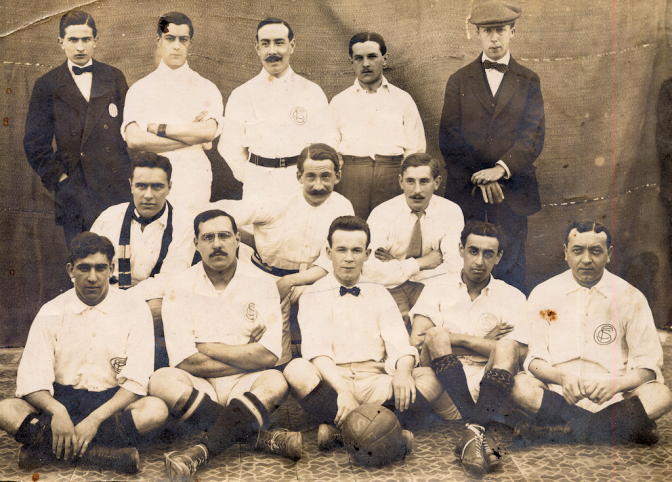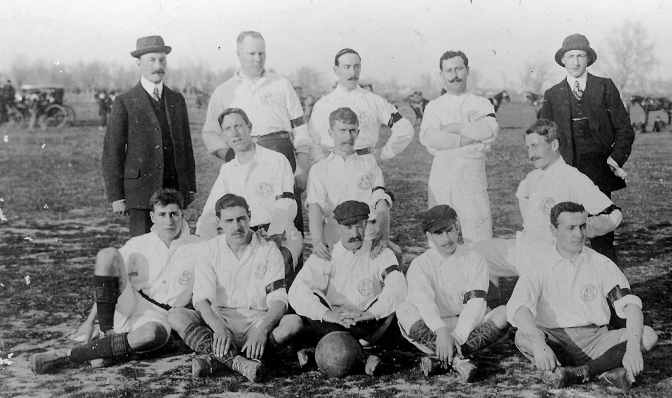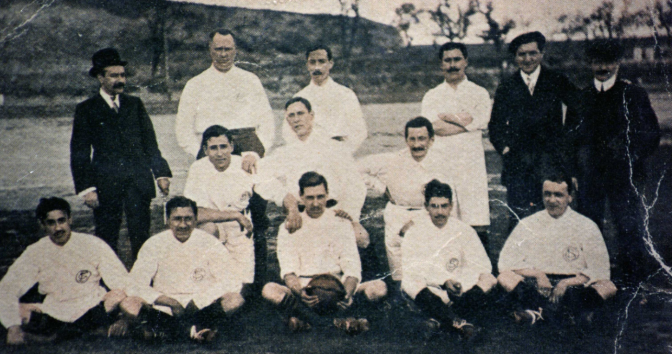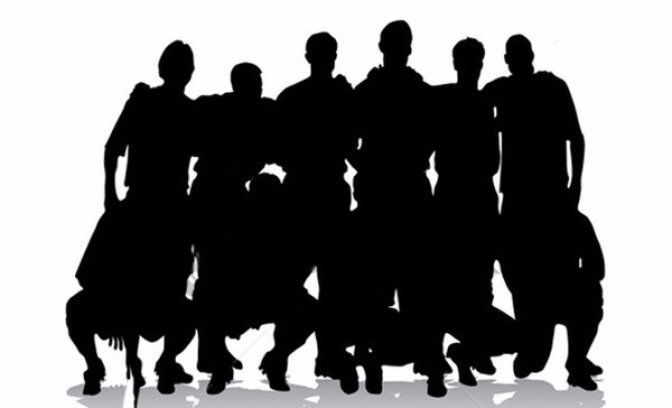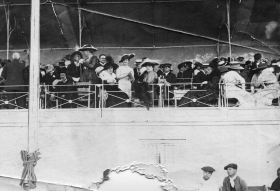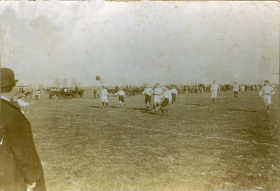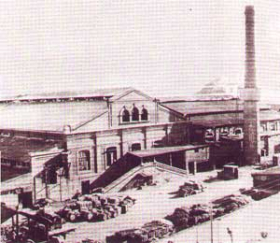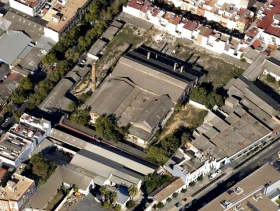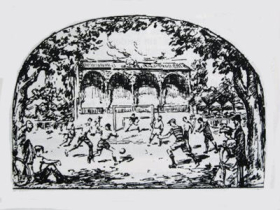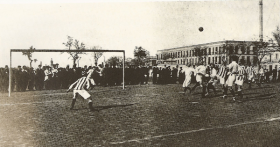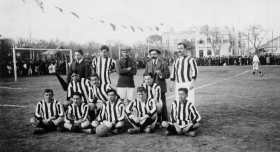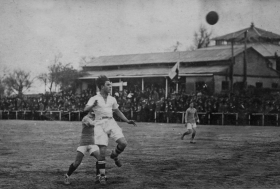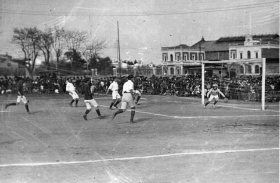ÁLVAREZ, BENITO ROMERO, CARRETERO, CASTAÑEDA, CIRILO SMITH, FERMÍN ZAPATA, GARCÍA MARTÍNEZ, JOSÉ MARÍA COBIÁN, KIRKWOOD, LECONTE, MACKENZIE, MARTÍN TOLEDO, MONTOTO, PACO ALBA, PACO DÍAZ, PEPE LAFITA, VALENZUELA y WOOD.
BARRACA, BAW, BENITO ROMERO, BEZARD, CAMPBELL, CARMISEHAD, CASTAÑEDA, FERMÍN ZAPATA, FERNÁNDEZ AZABAL, FORTIR, GARCÍA MARTÍNEZ, ILLANA, JOSÉ MARÍA COBIÁN, KIRKWOOD, LECONTE, MACKENZIE, MONTOTO, PACO ALBA, PACO DÍAZ, PEPE LAFITA, RAMOS, RIBELLES, SOVENE, TRENELA, VALENZUELA, WELSH y WOOD.
BENITO ROMERO, BEZARD, CASTAÑEDA, FERMÍN ZAPATA, FERNÁNDEZ AZABAL, GARCÍA MARTÍNEZ, ILLANA, JOSÉ MARÍA COBIÁN, LECONTE, LUIS COBIÁN, MACKENZIE, MONTOTO, PACO ALBA, PACO DÍAZ, PEPE LAFITA, VALENZUELA y WOOD.
BENITO ROMERO, BEZARD, CASTAÑEDA, FERMÍN ZAPATA, FERNÁNDEZ AZABAL, GARCÍA MARTÍNEZ, ILLANA, JOSÉ MARÍA COBIÁN, LECONTE, LUIS COBIÁN, MACKENZIE, PACO ALBA, PEPE LAFITA, VALENZUELA y WOOD.
BENITO ROMERO, BEZARD, CASTAÑEDA, FERMÍN ZAPATA, FERNÁNDEZ AZABAL, GARCÍA MARTÍNEZ, ILLANA, JOSÉ MARÍA COBIÁN, LECONTE, LUIS COBIÁN, MACKENZIE, PACO ALBA, PEPE LAFITA, VALENZUELA y WOOD.
The grounds of the Tablada field have been known by that name since at least the 15th century, and long before that they were the nerve centre of war operations in the conquest of the city. In 1247, Ferdinand III set up camp there from which he laid siege to the city, and Admiral Bonifaz moored his armada on its shores. The so-called displays were constant from the 15th century onwards, as reflected in the 19th century press. The vast plain of Tablada, located to the south of Sevilla, was owned by the City Council and was the grazing ground for cattle destined to supply meat to the city's markets, but also for bulls used for bullfighting during fiestas and where the city's inhabitants were free to take their horses and other livestock. It was an area of common use, a grandiose meadow watered by the Guadalquivir.
In the second half of the 19th century, its use expanded and other types of activities proliferated. The Sevilla Horse Racing Society built a racecourse and a pigeon shooting range was installed. The racecourse was located on the banks of the Guadalquivir, on its left bank at that time, in the so-called Gordales riverbed.
A multi-purpose place if ever there was one, Tablada became a fundamental element for the recreation of the people of Sevilla, with a host of leisure and sporting activities taking place on its grounds.
After the formation of Sevilla FC on 25 January 1890, the facilities of the Tablada racecourse became its first playing field, having the honour of hosting the first football match between two different clubs and under the rules of the Football Association on 8 March 1890.
Around 1900, Sevilla FC moved its home ground to the so-called La Trinidad pitch.
It was located in the Santisima Trinidad neighbourhood, on Avenida de Miraflores next to the old glass factory of La Trinidad, in the area known as Huerta San Francisco next to the Laguna de los Patos. The owner of the factory was Luis Rodríguez Caso and the manager was his brother-in-law Rafael Giménez de Aragónguada, who would later form part of the group of Sevillistas who registered the Club on 14 October 1905.
The pitch was located on a wasteland inside a large yard belonging to the aforementioned factory, of misshapen proportions, and which was generally tidied up at weekends with the help of several boys who removed the stones to avoid damage in case the players fell over. The goals were removable, made up of rough wooden posts where the wooden crossbars did not exist, as they were replaced by a rope, which meant that the goals could be altered to the players' liking, mainly in terms of height.
After passing through La Trinidad, there is evidence of some matches being played, for a short period of time in 1904, on the grounds of Cortijo de Pineda, next to the Engineers' training ground on the banks of the river Guadaíra.
Between the gardens of San Telmo and the Venta de Eritaña, where the annual Selected Livestock Exhibition was held, the land known as the Huerto de la Mariana was located on the site now occupied by the Plaza de América.
In the autumn of 1905, the Sevilla FC Board of Directors requested this land from the Town Hall for the Society's sporting activities.
It is said that the pitch was not bad, but it had the disadvantage that inside the pitch there was a large tree that sometimes hindered play, but at other times it was used to make great wall passes between the players.
Sevilla FC played on this pitch until the autumn of 1908, when the grounds were occupied by the Real Tennis Club, and football moved to other areas closer to the Prado de San Sebastián.
Around 1910, and after several locations next to the walls of the María Luisa Park, a new site was chosen: opposite the Engineers headquarters, on part of the land that would later become the Plaza de España.
The club then moved its sports facilities, which consisted of the goal posts and the ball, which was kept in a nearby kiosk that also served as a changing room.
At an assembly of Sevilla FC in 1909, under the presidency of José Luis Gallegos, the following agreement, among others, was adopted:>
"It is agreed that a committee should visit the Civil Governor to ask him to adopt the measures he deems appropriate so that neither the players nor the public suffer the inconvenience caused by a party of Zulus parked in the vicinity of the pitch during matches...".
The pitch was not enclosed and the playing area was made up of wooden posts and ropes.
At the end of the 19th century, relations between the Círculo Mercantil and Sevilla FC were of capital importance. The members of the Mercantile, with its president Montes Sierra at the head, represented an important bastion in the regenerationist current that arrived like a breath of fresh air from Europe.
Sevilla FC fully shared these ideals and many of its members were members of the Círculo. Edward Johnston, Hugo Maccoll, Isaias White and a long etcetera, including José Luis Gallegos, maintained excellent relations with Montes Sierra, and José Luis Gallegos, who became responsible for the Festivities and Library Section of the Mercantil, became especially close friends. This collaboration would result in the development of sport in both institutions and the promotion of sport among the city's inhabitants.
Sevilla FC's secretary's office was set up in the Mercantil's premises, and a Feria tent in Prado de San Sebastián was used as a makeshift changing room in the old stadium. It was one of the members of the Círculo Mercantil itself, the Catalan José María Miró Trepats, at that time President of Sevilla FC, who, with great experience in the management of sports clubs in Catalonia, began negotiations with the City Council for the transfer, after the corresponding annual payment of taxes and municipal fees, of the land behind the permanent Feria tent that the Círculo Mercantil owned in Prado de San Sebastián.
All this took place at the end of 1912, and on 1 January 1913 the inauguration of what will always be remembered as Sevilla's Mercantil Stadium was achieved.
At first, the stadium was open and admission was free. A metal grandstand was prepared as an extension of the Feria tent and served as a support for the roof that provided protection for the members. A removable wire fence was installed around the pitch, supported by cast iron posts made by the Balbontín company.
For the inauguration, a decoration of garlands and flags was prepared and from very early in the morning, the municipal band provided entertainment for the event. The inaugural match was played by two teams from Sevilla FC - the so-called red team, although they actually wore red and white striped shirts, against the white team - and the match ended in a 1-1 draw. The president Miró Trepats gave an emotional speech at the dinner following the inauguration, of which it is worth remembering these beautiful words:
"You represent joy, health, strength and robustness; in our meetings we do not talk about politics, in the heart of our sport society there is room for the poor and the rich alike, even our fans are a reflection of our sport society, because at our stadium people from all social classes rub shoulders and you should be praised, because you have discipline as a rule, victory as an ideal, strength is our aspiration and the admiration of others is our reward".
At that time, the pitch was the only one in the city that had the right size and conditions for important matches. At the same time, the seats around the pitch were rented out, which led to the first box office income.
On 16 October 1916, after raising a large sum of money from the club's members, the pitch was surrounded by a 2.5m fence painted red, hence its other nickname: the stadium of the red boards. The boards were numbered to facilitate dismantling and subsequent reassembly when the grounds needed to be vacated during the Feria de Abril. The Campo del Mercantil was maintained until the summer of 1918, witnessing great triumphs in the Sevilla Cup and the Andalusian and Spanish championships, as well as the beginnings of what would later be known as the Sevillista School.



 Spanish
Spanish
 English
English
 عربي
عربي
 中文
中文
 日本語
日本語
